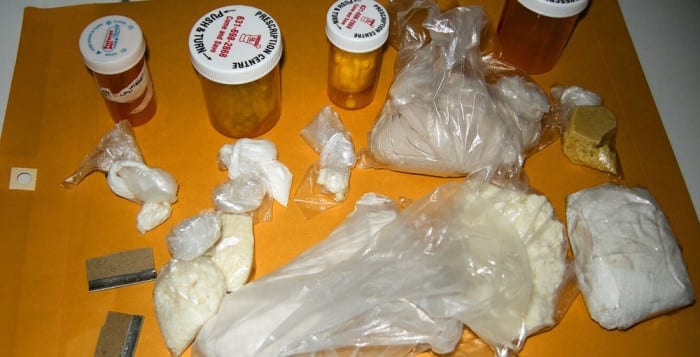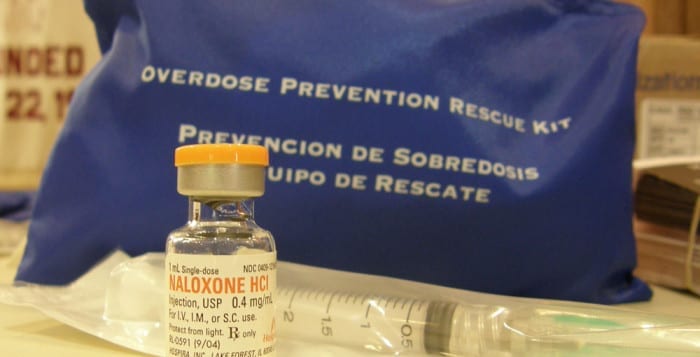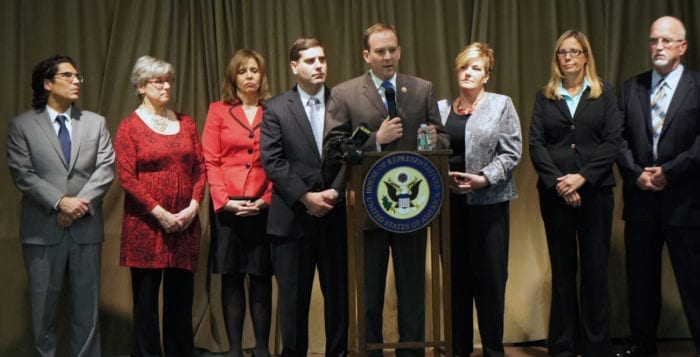State legislation
In the 2016 legislative session, Gov. Andrew Cuomo (D) signed a comprehensive package of bills, aimed at increasing access to treatment, expanding community prevention strategies and limiting the overprescription of opioids in the state. Some of the most important parts of the bills are highlighted below:
• Legislation now ensures insurers must cover “necessary” inpatient services for substance use disorder treatments for as long as an individual needs them. Review from the company can only begin 14 days after treatment to ensure each patient has two weeks of uninterrupted and covered care.
• Insurers are prohibited from requiring prior approval for emergency supplies of these medications.
• Insurers must use objective state-approved criteria to determine the level of care for individuals suffering from substance abuse.
• Insurers must cover the costs of Narcan to families with individuals suffering from substance abuse.
• Families now offered 72 hours of emergency treatment, instead of 48 hours, for family members so they can be stabilized and connected to longer-term addiction treatment options while also balancing individual rights of the incapacitated individuals.
• Requires hospitals to provide follow-up service options to individuals upon hospital discharge to connect patients with nearby treatment options to provide continuous medical care.
• Reducing opioid prescription limits from 30 days to seven days, with exceptions of chronic pain and other conditions.
• Health care professionals must complete three hours of education every three years on addiction, pain management and palliative care.
State budget
The 2016-17 state government has allotted funding to help curb the growing substance abuse problem. A breakdown of the budget below:
• Nearly $200 million through the New York State Office of Alcoholism and Substance Abuse Services will be used to combat the heroin and opioid epidemic, an 82 percent increase in state spending since 2011.
• This investment includes $66 million for residential treatment beds, including counseling and support services for roughly 8,000 individuals.
• $38 million to fund medication-assisted treatment programs that serve about 12,000 clients in residential or outpatient settings.
• $25 million in funding for state-operated addiction treatment centers.
• $24 million for outpatient services that provide group and individual counseling.
• $8 million for crisis/detox programs to manage and treat withdrawal from heroin and opioids.
NYS Heroin and Opioid Task Force
Comprised of health care providers, policy advocates, educators, parents and New Yorkers in recovery, the task force will build on the state’s previous efforts and use its expertise and first-hand experience to develop a comprehensive action plan to combat the state’s opioid epidemic. The task force will focus immediately on expanding awareness of heroin and opioid addiction; enhance statewide prevention efforts; increase access to treatment; improve support for those in recovery; and concentrate on law enforcement recommendations to reduce the supply of opioids. Members plan to hold public sessions across the state.
Comprehensive Addiction and Recovery Act, 2016
• Signed into law by President Barack Obama (D) in July.
• $8.3 billion in addiction funding.
• $160 million for the expansion of medication-assisted treatment options, including grants that will be awarded to state, local and tribal governments to provide opioid abuse services.
• $80 million in funding to help prevent and treat addiction on a local level through community-based education, prevention, treatment and recovery programs.
• $103 million to establish a community-based competitive grant program to address and treat the problems of heroin and opioid addiction and abuse.
• Grants will help fund programs that could expand treatment alternatives to incarcerations — with consent of attorneys and participants — for individuals who meet the program’s criteria.








